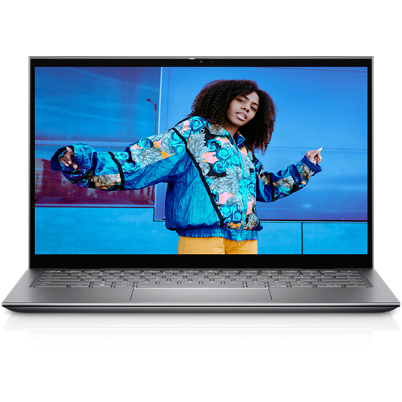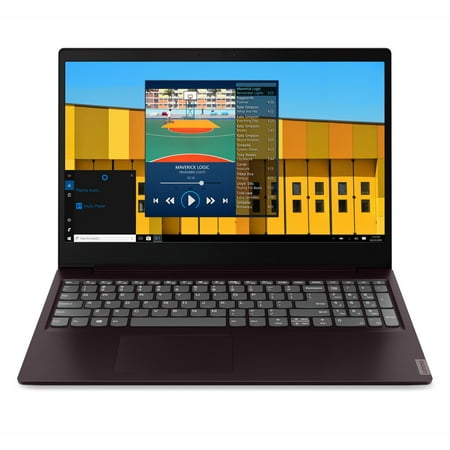Dell Inspiron 14 2-in-1 5410 Laptop with Intel 11th Gen Processor | Dell USA
A 14-inch 2-in-1 laptop optimized to bring your world closer. Features a 4-sided narrow border and the latest Intel 11th Generation Core processors.
Recharge in a flash: ExpressCharge™* minimizes the time you spend tethered to an outlet and will recharge your battery in a flash (up to 80% in 60 minutes*).
Get up and go: The thin design makes it easy to slide in and out of bags so you don’t have to compromise function for portability while staying connected to your world.
Borderless views that go beyond
Find your spot: Feel free to move around, lean back, adjust positions and more with wide-viewing angle panels (WVA) without affecting your viewing experience of the FHD IPS touch screen.
Adaptative and agile
Adapts to activity: Whether you are getting work done at your desk or passing your laptop around to show friends your new favorite video, Adaptive Thermal Technology adjusts your performance profile so it generates less heat when mobile, and ramps itself up when stationary.
Ready when you are: Pick up where you left off in a flash with Modern Standby. It will get you up and running quickly just by opening your 2-in-1.
Designed for your world
Keys to comfort: Keyboard enhancements include a larger keyboard with 9% bigger keys* than the previous generation for a more comfortable typing experience and a touchpad with new material that has a smooth, glass like feel.
A well-rounded feel: With rounded edges, you can hold and move your device in comfort in any mode.
Privacy is paramount: Rest assured that your privacy is secure with the mechanical privacy camera shutter. Also, the single sign on (SSO) fingerprint reader on the power button provides a more personal, more secure instant access login experience.
Platinum finish: The Platinum Silver finish with tonal color-blocking palm rest looks good in any mode and uses an environmentally conscious waterborne paint*.
Their latest. Our greatest.
A fresh perspective
An inspiring new look and feel makes for a calmer experience.
Balance your life
Refocus your workflow with snap assistant. Or Switch between desktops for greater organization of open windows.
Life’s better together
Call, chat, and make plans come to life with Teams on Windows 11* right from your PC regardless of what computer or phone or tablet they are on.*
Additional information
| Height | 0.64" (16.32 mm) – 0.71" (17.95 mm) |
|---|---|
| Width | 12.66" (321.50 mm) |
| Depth | 8.32" (211.35 mm) |
| Starting Weight | 3.31 lbs (1.5 kg) |






by Mike
The battery could have more capacity(It has 41Wh battery which roughly lasts for 4 hours when fully charged). Dell should also provide secondary slot for SSD (For expanding the storage, the built-in ssd must be replaced with larger ssd. If secondary ssd slot is provided, that would have been more useful). Overall, the laptop is best in all areas like sound, display, speed, touch etc.
by Spike
She was professional, knowledgeable, and so very pleasant. Definitely a keeper 🙂
by Aasim
It’s Fast, And graphics are clear, Weight is perfect, everything u need.
by Vanitha
feeling very happy to buy this product.